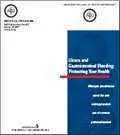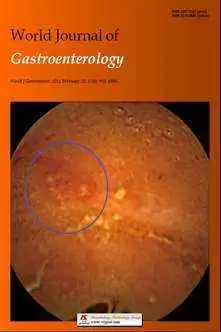Celiac.com 05/26/2014 - Villous atrophy with intraepithelial lymphocytosis is the classic confirmation of of celiac disease. However, data show varying rates of mucosal recovery among individuals.
A research team recently sought gauge the impact of age and other demographic variables on the likelihood of persistent villous atrophy in celiac disease with follow-up biopsy.
Celiac.com Sponsor (A12):
 The research team included B. Lebwohl, J. A. Murray, A. Rubio-Tapia, P. H. R. Green, and J. F. Ludvigsson. They are variously affiliated with the Celiac Disease Center of the Department of Medicine at Columbia University College of Physicians and Surgeons in New York, NY., the Clinical Epidemiology Unit of the Department of Medicine at Karolinska University Hospital and Karolinska Institutet in Stockholm, Sweden, the Division of Gastroenterology and Hepatology of the Department of Medicine at the Mayo Clinic College of Medicine in Rochester, Minnesota, and the Department of Pediatrics of Örebro University Hospital in Örebro, Sweden.
The research team included B. Lebwohl, J. A. Murray, A. Rubio-Tapia, P. H. R. Green, and J. F. Ludvigsson. They are variously affiliated with the Celiac Disease Center of the Department of Medicine at Columbia University College of Physicians and Surgeons in New York, NY., the Clinical Epidemiology Unit of the Department of Medicine at Karolinska University Hospital and Karolinska Institutet in Stockholm, Sweden, the Division of Gastroenterology and Hepatology of the Department of Medicine at the Mayo Clinic College of Medicine in Rochester, Minnesota, and the Department of Pediatrics of Örebro University Hospital in Örebro, Sweden.
For their study, the team reviewed data on patients with villous atrophy on duodenal histology from all 28 Swedish pathology departments from 1969–2008. They looked at age, gender, calendar period, duration of disease and educational attainment to determine predictors of persistent villous atrophy.
They found that, of 7,648 celiac disease patients who received follow-up biopsy, 3,317 patients showed clear persistent villous atrophy (43%; 95% CI 42–44%).
Persistent villous atrophy rise with patient age, with 56% of those 70 years of age or older, compared to 17% among those younger than 2 years.
In contrast, persistent villous atrophy did not vary widely by age in earlier years. Multivariate analysis showed that, 2–5 years after celiac disease diagnosis, persistent villous atrophy was more common among males (OR 1.43; 95% CI 1.07–1.90), and less common in more highly educated patients (OR for college degree vs.
Overall, rates of persistent villous atrophy have changed over time, with greater rates of healing in recent years.
Social differences in persistent villous atrophy suggest that levels of education regarding the importance of a gluten-free diet can influence mucosal healing.
Source:
- Open Original Shared Link





.webp.99896af56bb1803946dfc6fde9ea63f3.webp)




Recommended Comments
There are no comments to display.